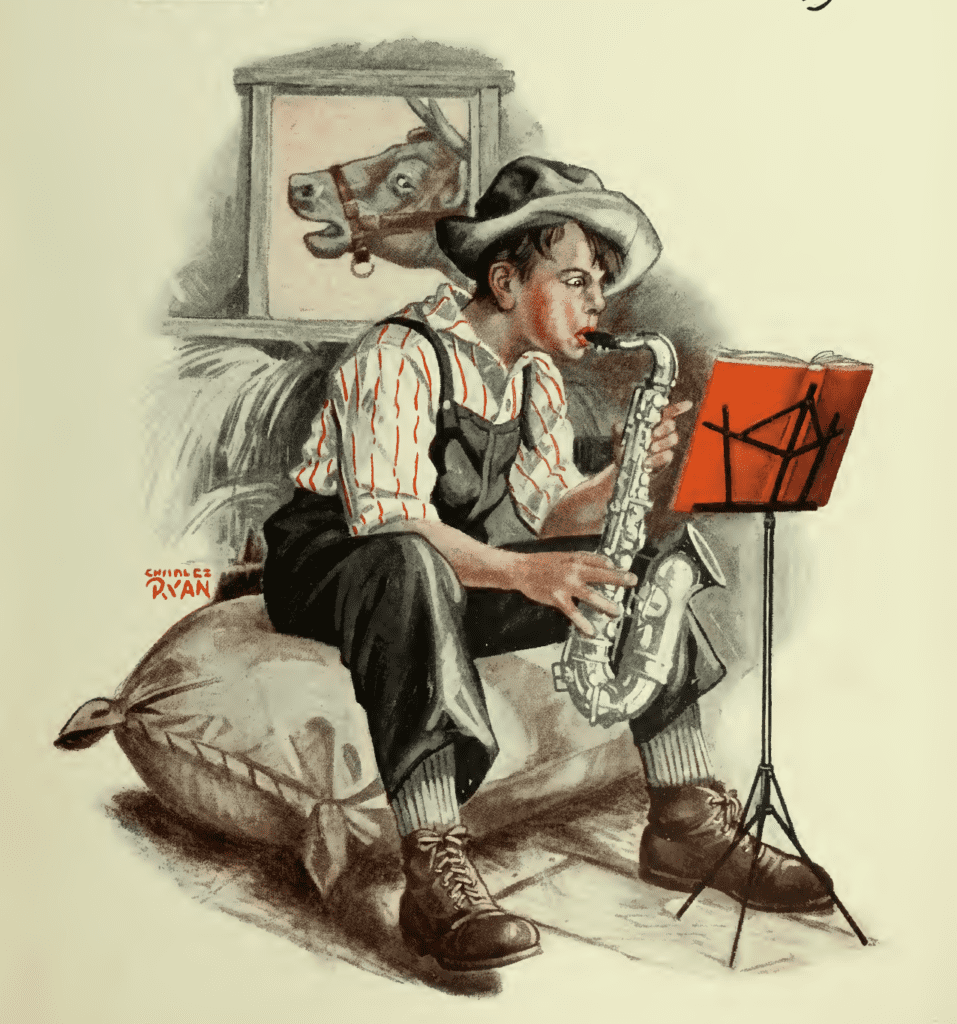
Cover of The American Legion Weekly, March 20, 1925 (Illustration: Charles Ryan)
The American Legion’s connection to child welfare is deep in its roots.
In 1924, some five years after the end of World War I, The American Legion began raising money for an endowment fund that would, among other things, feed the organization’s efforts to care for the orphaned children of those military men lost to combat.
The goal was $5 million (approximately $74 million today) and it would work to benefit The Legion’s efforts in child welfare and veteran rehab equally, author Thomas A. Rumer wrote in his book, “The American Legion: An Official History 1919-1989.”
An ambitious plan was developed to house these orphan children. The American Legion bought the Otter Lake Billet for orphans in Michigan, another home was opened in New Jersey and one called “Legionville” was purposed on a plot of land in Kansas deeded to the organization. The goal quickly shifted to get these orphans into foster homes. Some 72 children were being housed in these three orphanages and another 40 were living with their mothers and receiving financial assistance, Rumer wrote.
In January 1925, The American Legion News Service reported the organization had encouraged all of its 11,000 posts to appoint child welfare officers.
Enthusiasm for the movement had crept into the Congress, which was made up of many World War veterans: 55 in the House, eight in the Senate. The support reached all the way to the White House, according to an editorial published in the March 20, 1925 edition of “The American Legion Weekly.”
“The President of the United States not only has endorsed the Legion’s effort but has accepted the position of chairman of the honorary committee of the Endowment campaign. This campaign has just begun, and success is prospering its early efforts.”
In 1928, a national director and five area directors were appointed to the Education and Vocational Training of War Orphans Committee, while department commanders created similar committee positions, according to an October 1930 digest of National Executive Committee minutes. Congress eventually passed legislation to help pay for the education of war orphans upon them turning 18.
By 1930, 10 states had passed legislation to provide matching grants. The American Legion also partnered with schools to offer free and discounted tuition to the students.
In 1929, there were approximately 12,455 war orphans, of which 2,075 were 18 years or older, according to the NEC’s accounting at the time.
Though the organization decided it wasn’t best equipped to own and manage orphanages and ultimately either closed or gave them to other organizations, The American Legion carries on in its children & youth programs today.